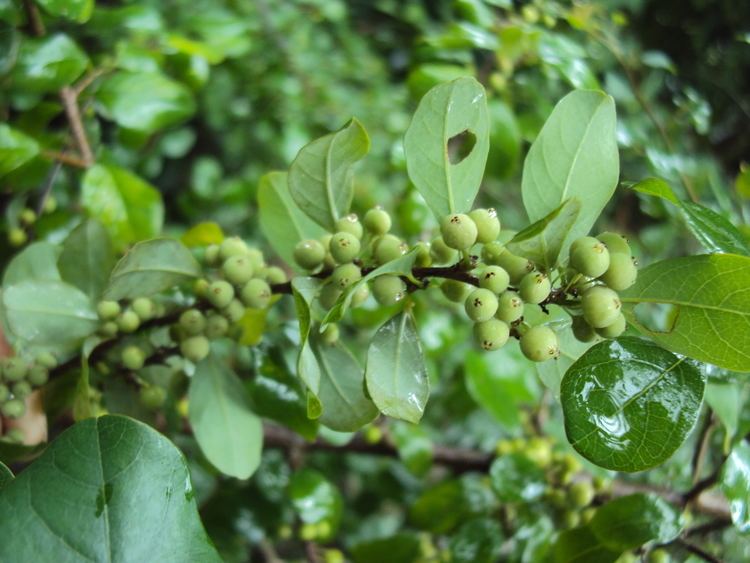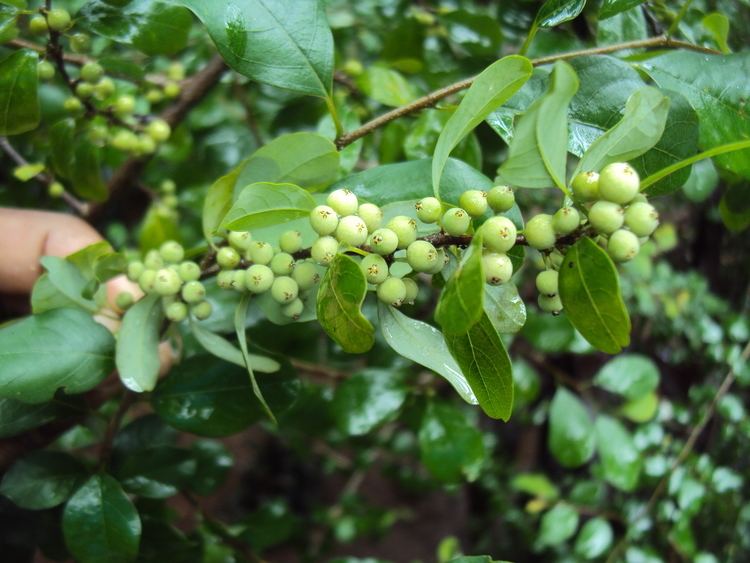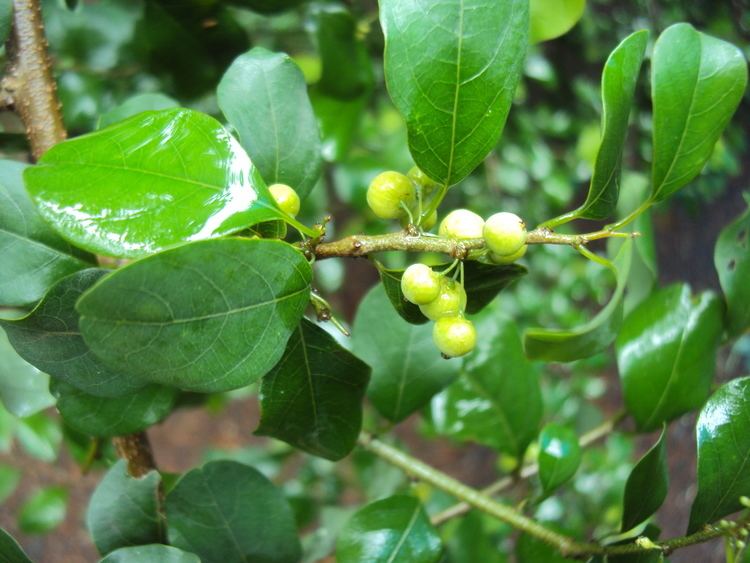Rank Species | Genus Commiphora Higher classification Commiphora | |
 | ||
Similar Commiphora, Rennet, Heart‑leaved moonseed, Shatavari, Myrobalan | ||
Commiphora wightii, with common names Indian bdellium-tree, gugal, guggul, gugul, or Mukul myrrh tree, is a flowering plant in the family Burseraceae. The guggul plant may be found from northern Africa to central Asia, but is most common in northern India. It prefers arid and semi-arid climates and is tolerant of poor soil.
Contents
- How to grow guggal from cutting how to grow indian bdellium tree commiphora wightii
- Cultivation and uses
- Traditional medicinal use
- Endangerment and rescue
- References

It is a shrub or small tree, reaching a maximum height of 4 m (13 ft), with thin papery bark. The branches are thorny. The leaves are simple or trifoliate, the leaflets ovate, 1–5 cm (0.39–1.97 in) long, 0.5–2.5 cm (0.20–0.98 in) broad, and irregularly toothed. It is gynodioecious, with some plants bearing bisexual and male flowers, and others with female flowers. The individual flowers are red to pink, with four small petals. The small round fruit are red when ripe.

How to grow guggal from cutting how to grow indian bdellium tree commiphora wightii
Cultivation and uses

Commiphora wightii is sought for its gummy resin, which is harvested from the plant's bark through the process of tapping. In India and Pakistan, guggul is cultivated commercially. The resin of C. wightii, known as gum guggulu, has a fragrance similar to that of myrrh and is commonly used in incense and perfumes. It is the same product that was known in Hebrew, ancient Greek and Latin sources as bdellium.

The gum can be purchased in a loosely packed form called dhoop, an incense from India, which is burned over hot coals. This produces a fragrant, dense smoke. The burning coals which let out the smoke are then carried around to different rooms and held in all corners for a few seconds. This is said to drive away evil spirits as well as remove the evil eye from the home and its family members.
Traditional medicinal use
Comiphora wightii has been a key component in ancient Indian Ayurvedic system of medicine. However, because of its overuse, it has become so scarce in its two habitats in India — Gujarat and Rajasthan - that the World Conservation Union (IUCN) has enlisted it in its Red Data List of endangered species.
The extract of gum guggul, called gugulipid, guggulipid, or guglipid, has been used in Unani and Ayurvedic medicine, for nearly 3,000 years in India. One chemical ingredient in the extract is the steroid guggulsterone, which acts as an antagonist of the farnesoid X receptor, once believed to result in decreased cholesterol synthesis in the liver. However, several studies have been published that indicate no overall reduction in total cholesterol occurs using various dosages of guggulsterone and levels of low-density lipoprotein ("bad cholesterol") increased in many people.
Endangerment and rescue
Because of its use in traditional medicine, C. wightii has been overharvested in much of its habitat, and has been listed on the IUCN Red List of threatened species. Several efforts are in place to address this situation. India's National Medicinal Plants Board launched a project in Kutch District to cultivate 500 to 800 hectares (1,200 to 2,000 acres) of guggal, while a grass-roots conservation movement, led by IUCN associate Vineet Soni, has been started to educate guggal growers and harvesters in safe, sustainable harvesting methods.
